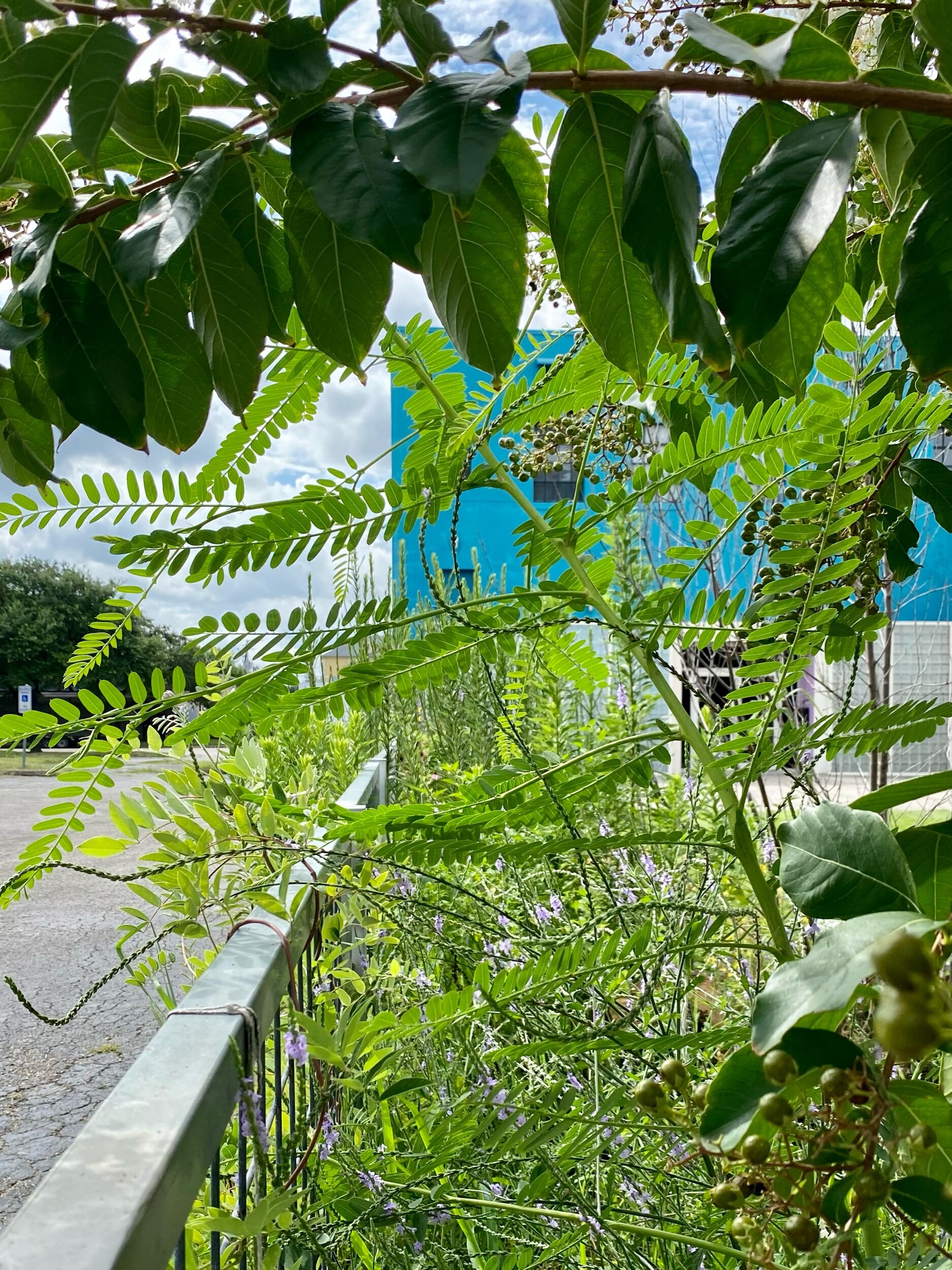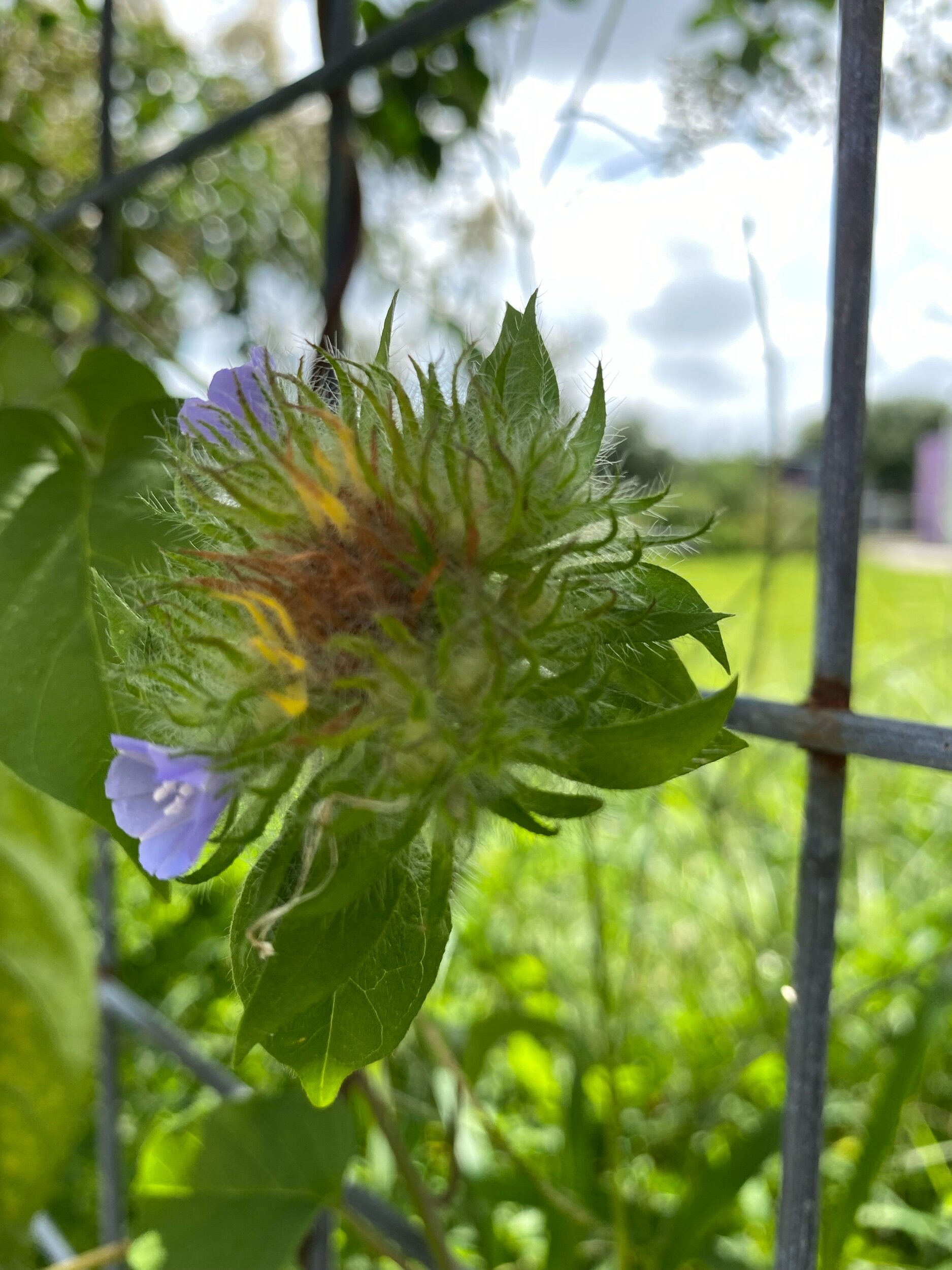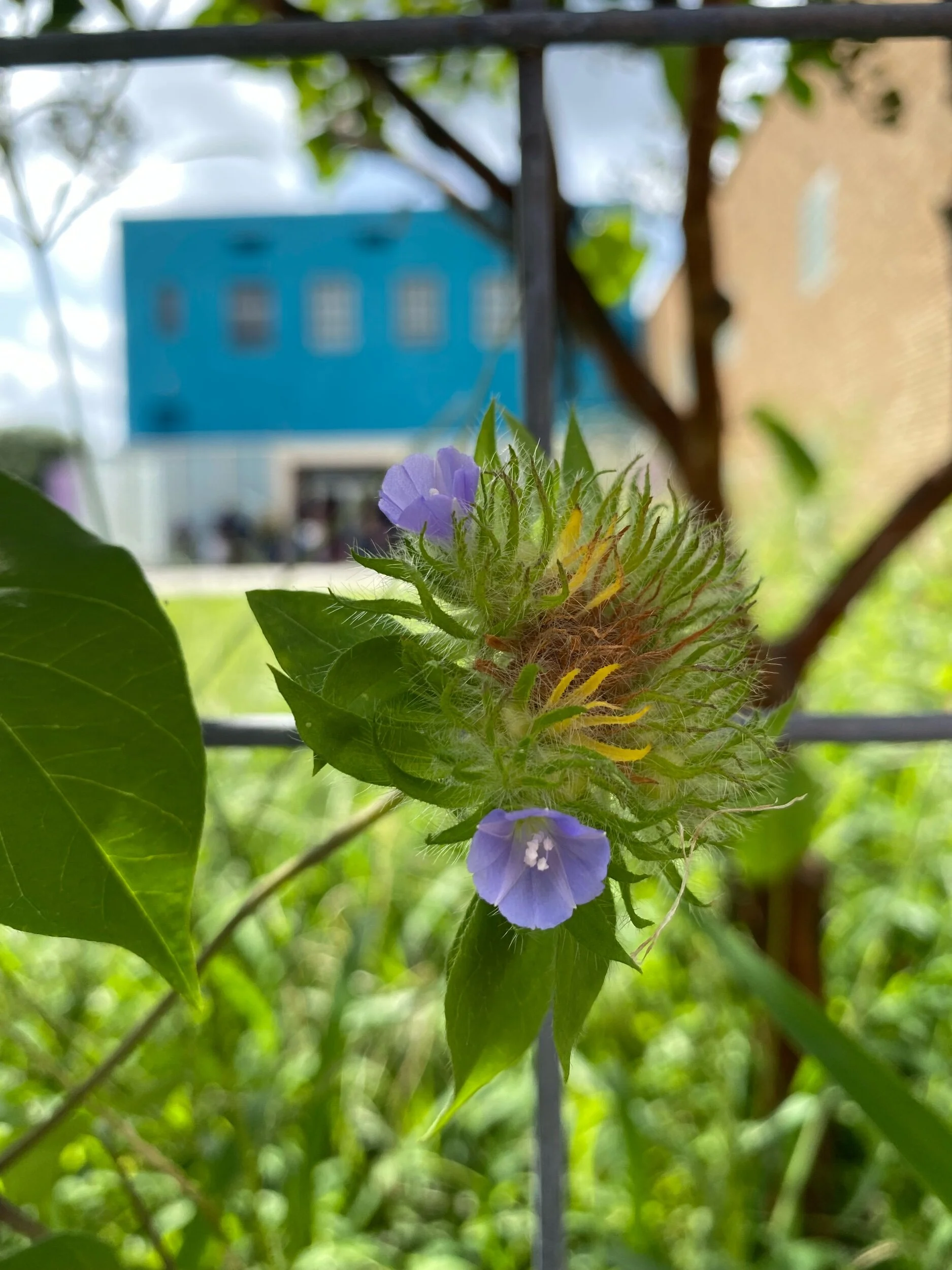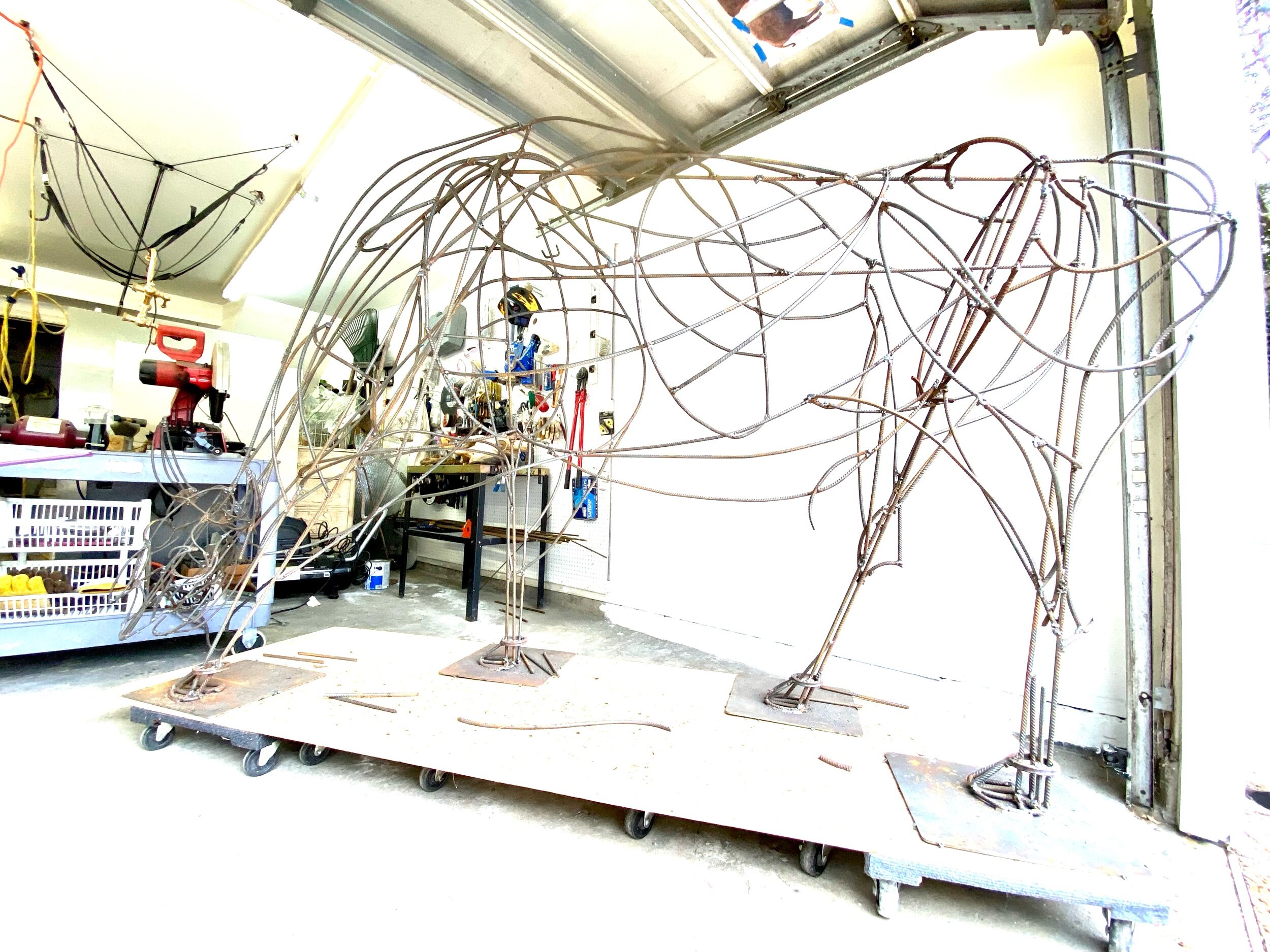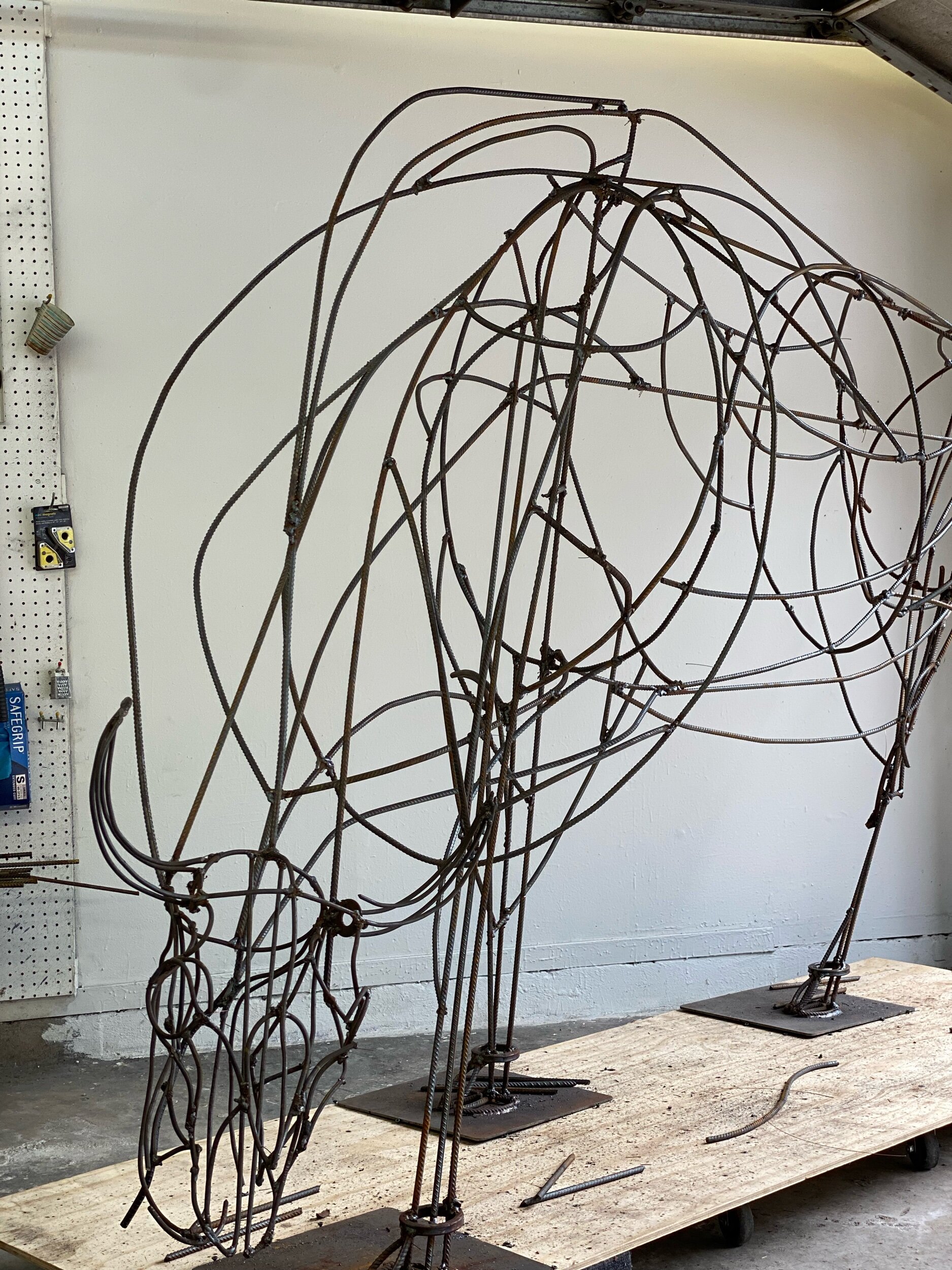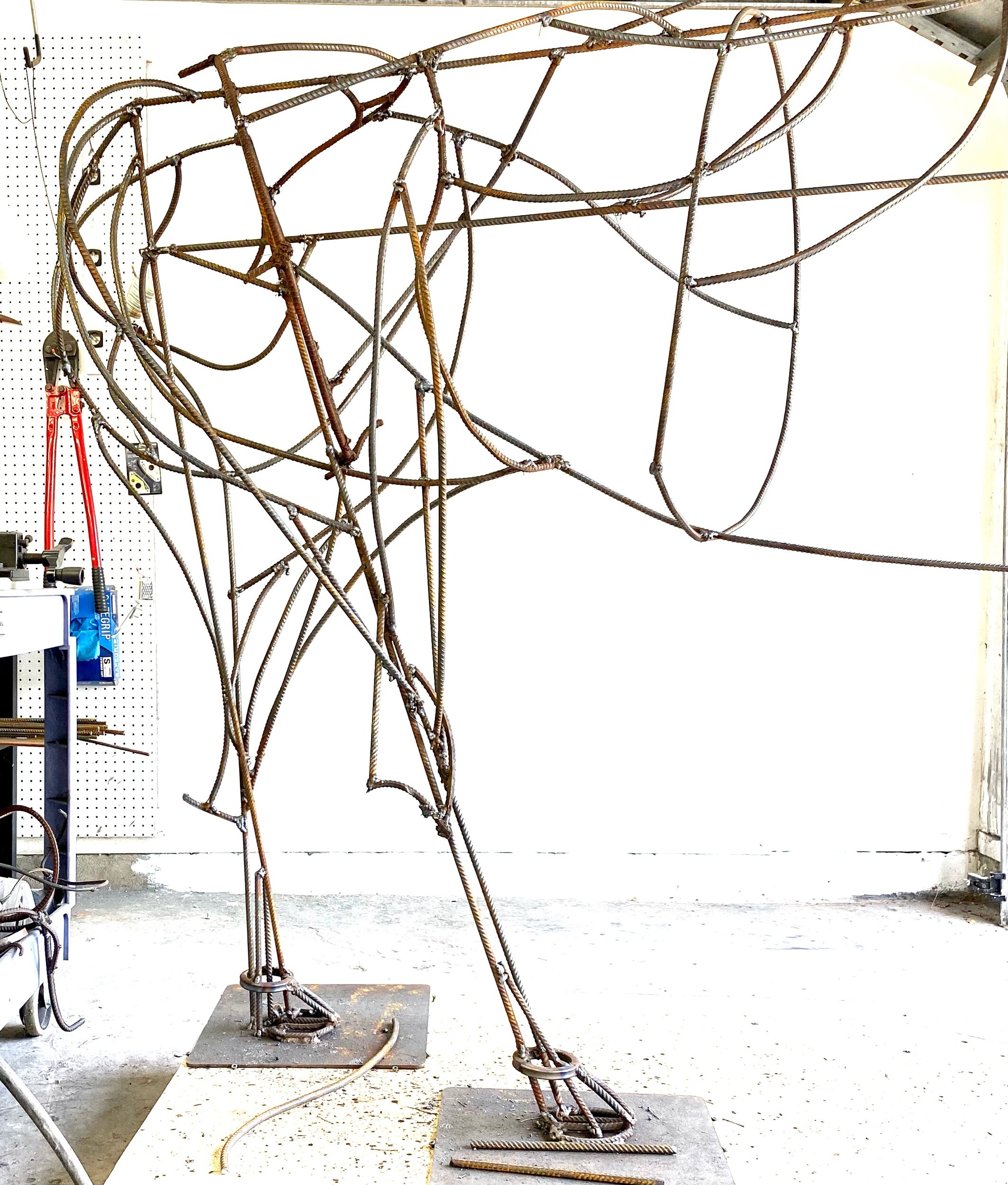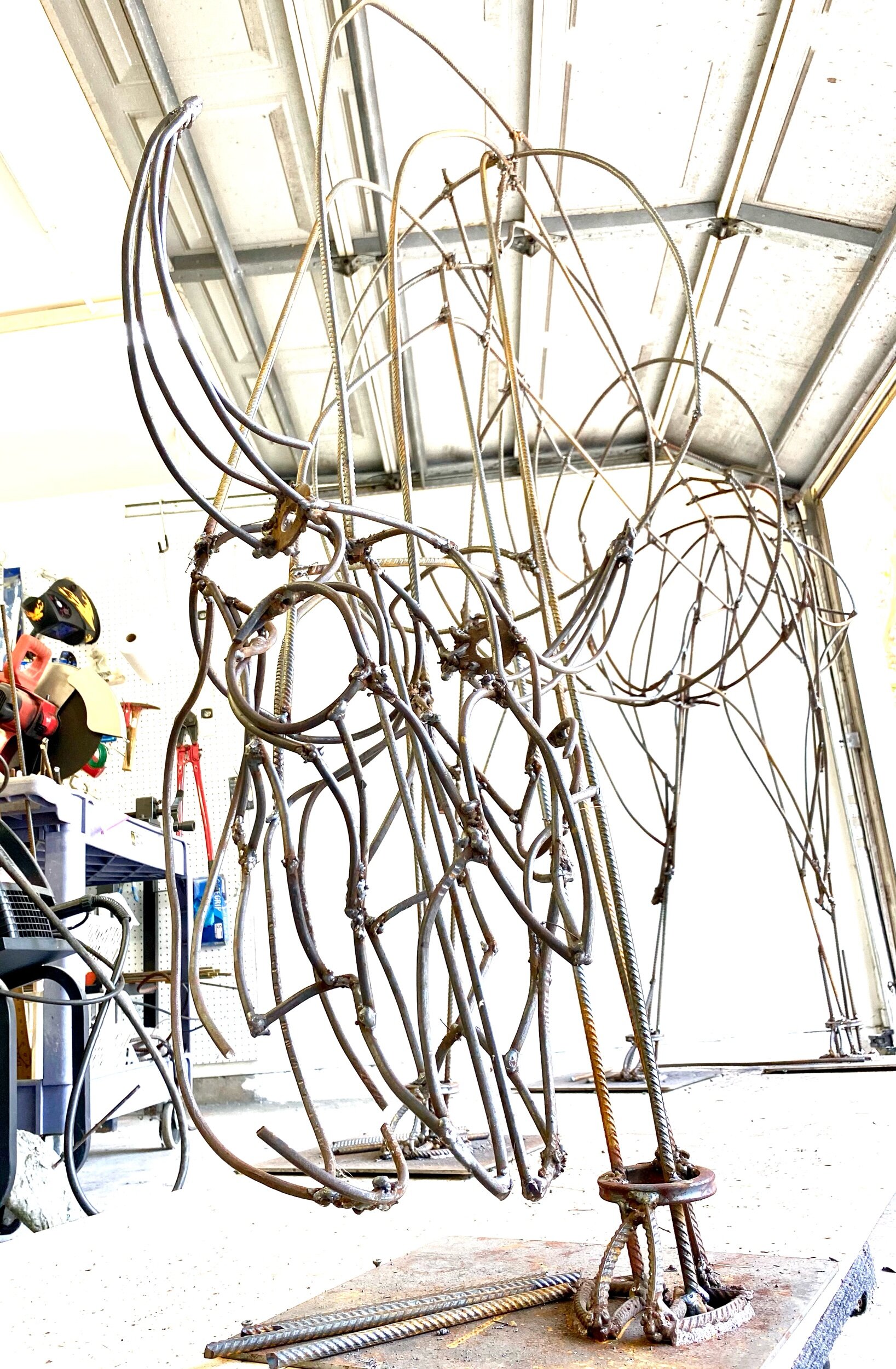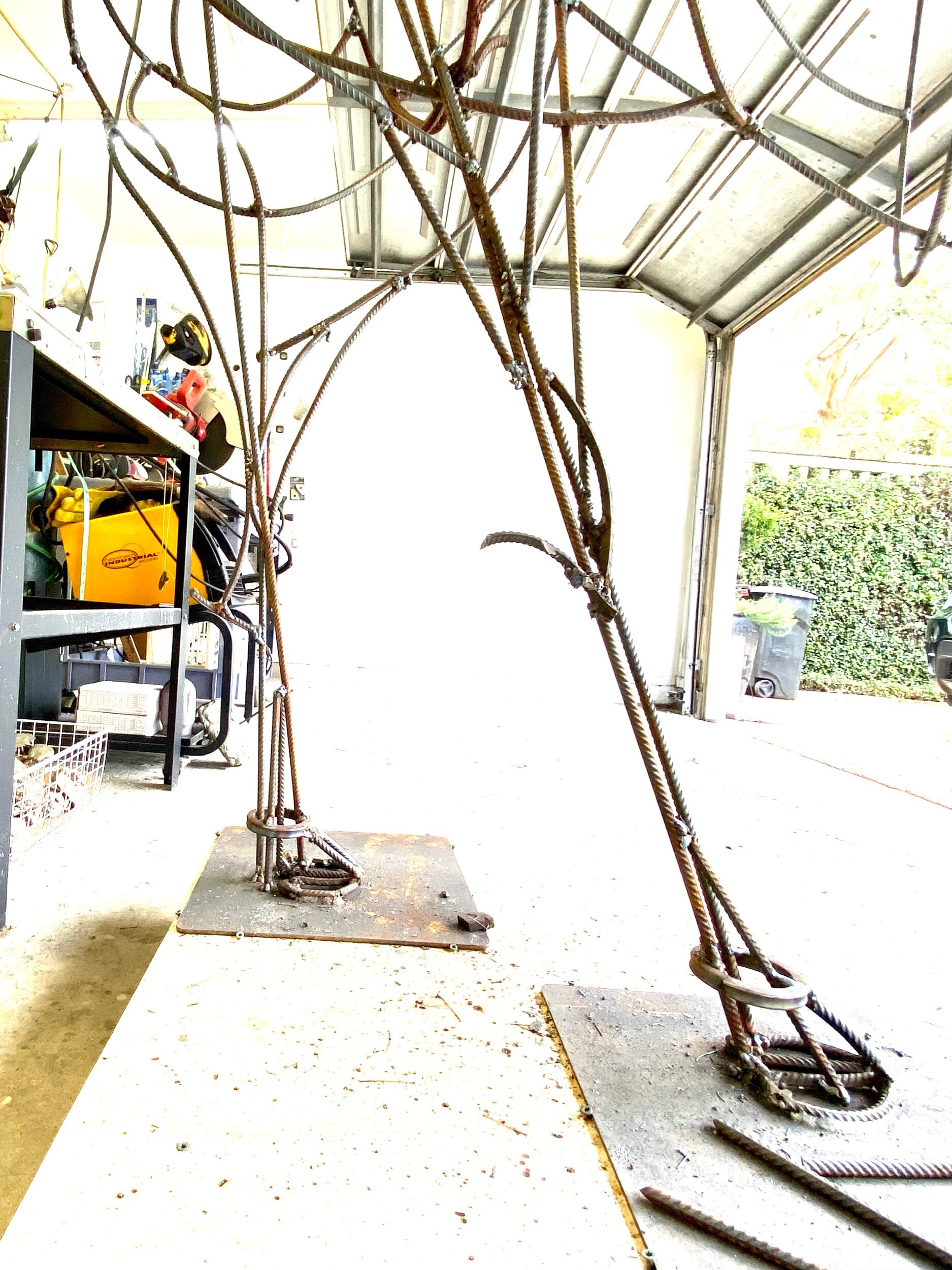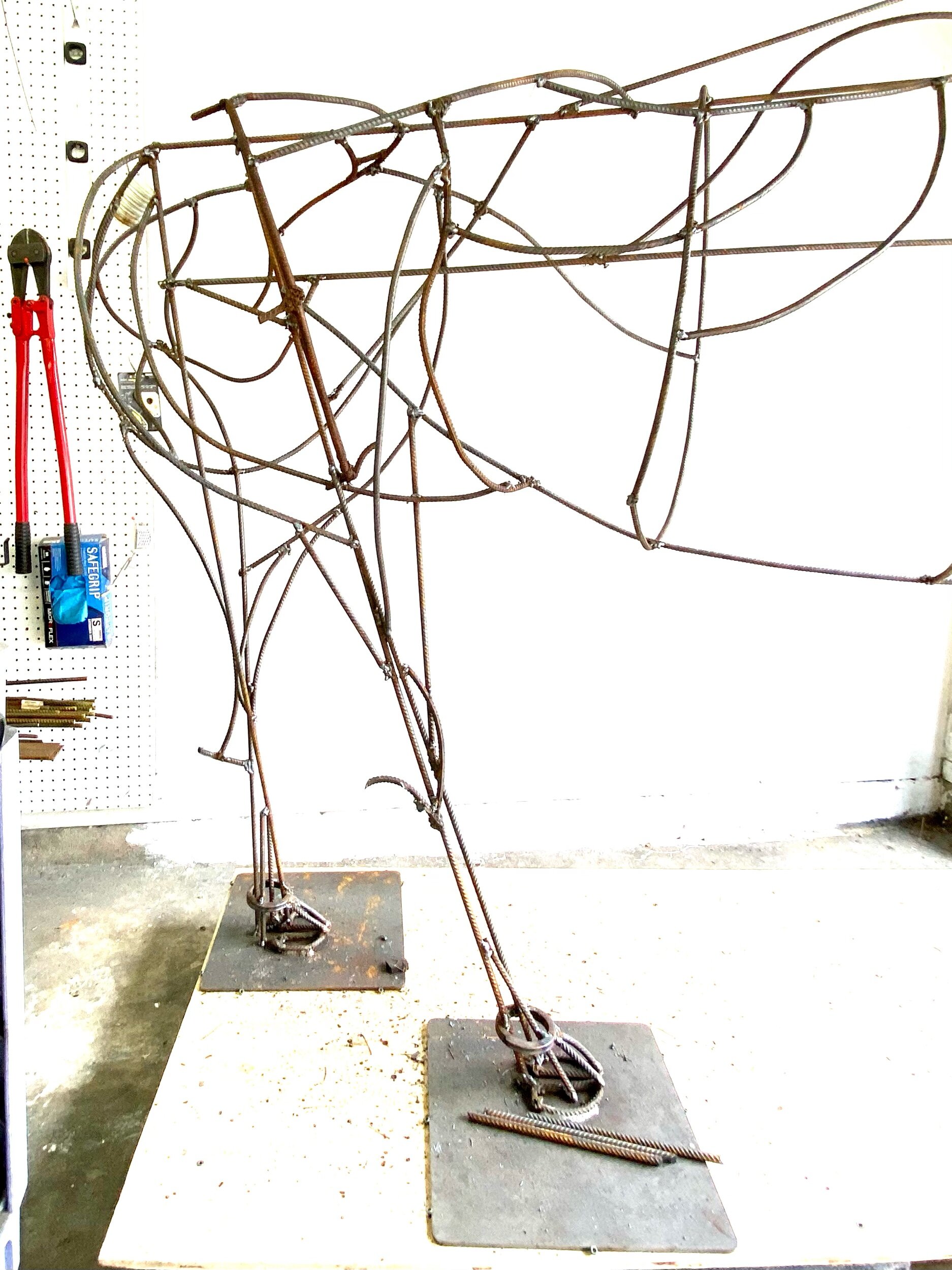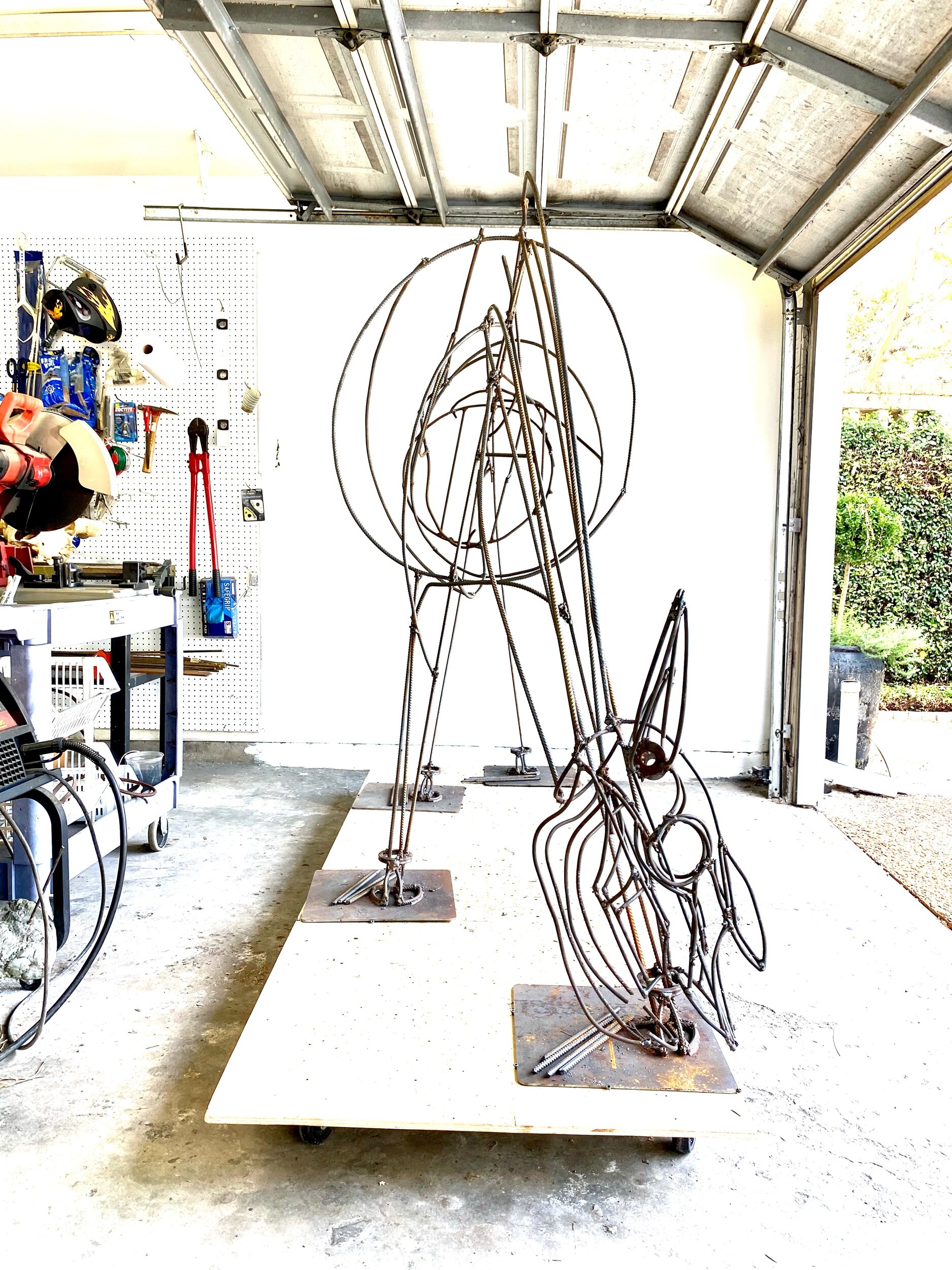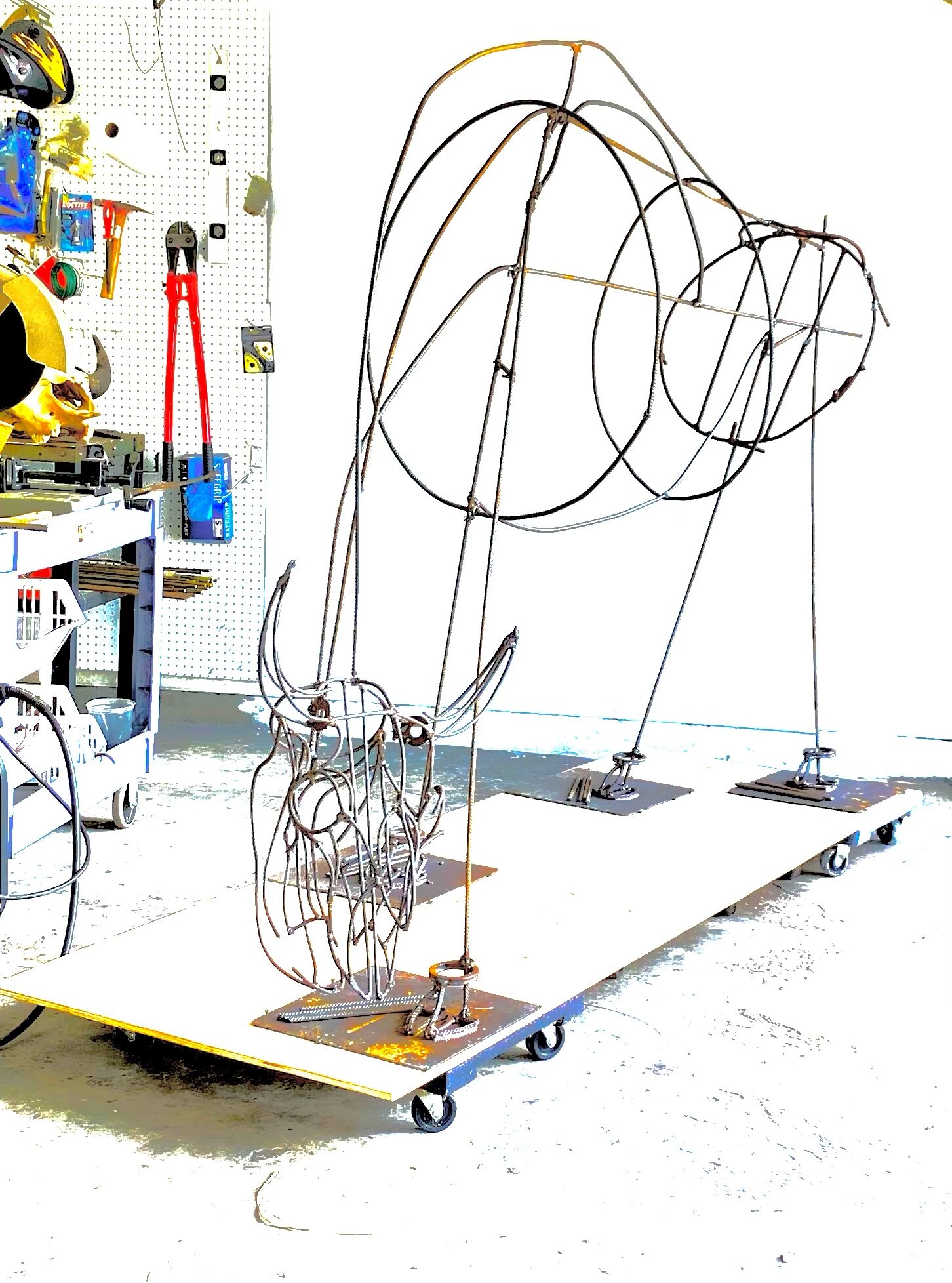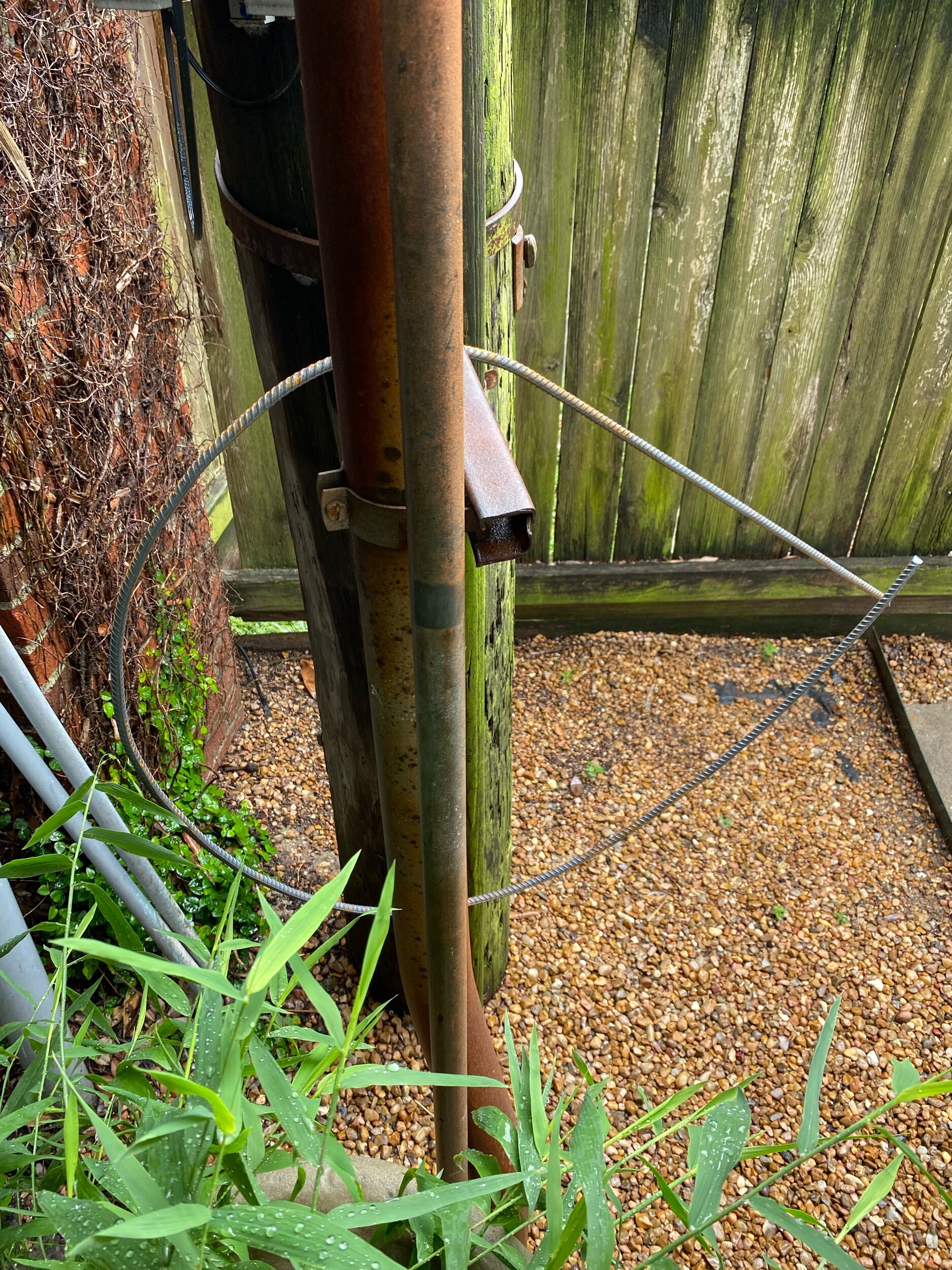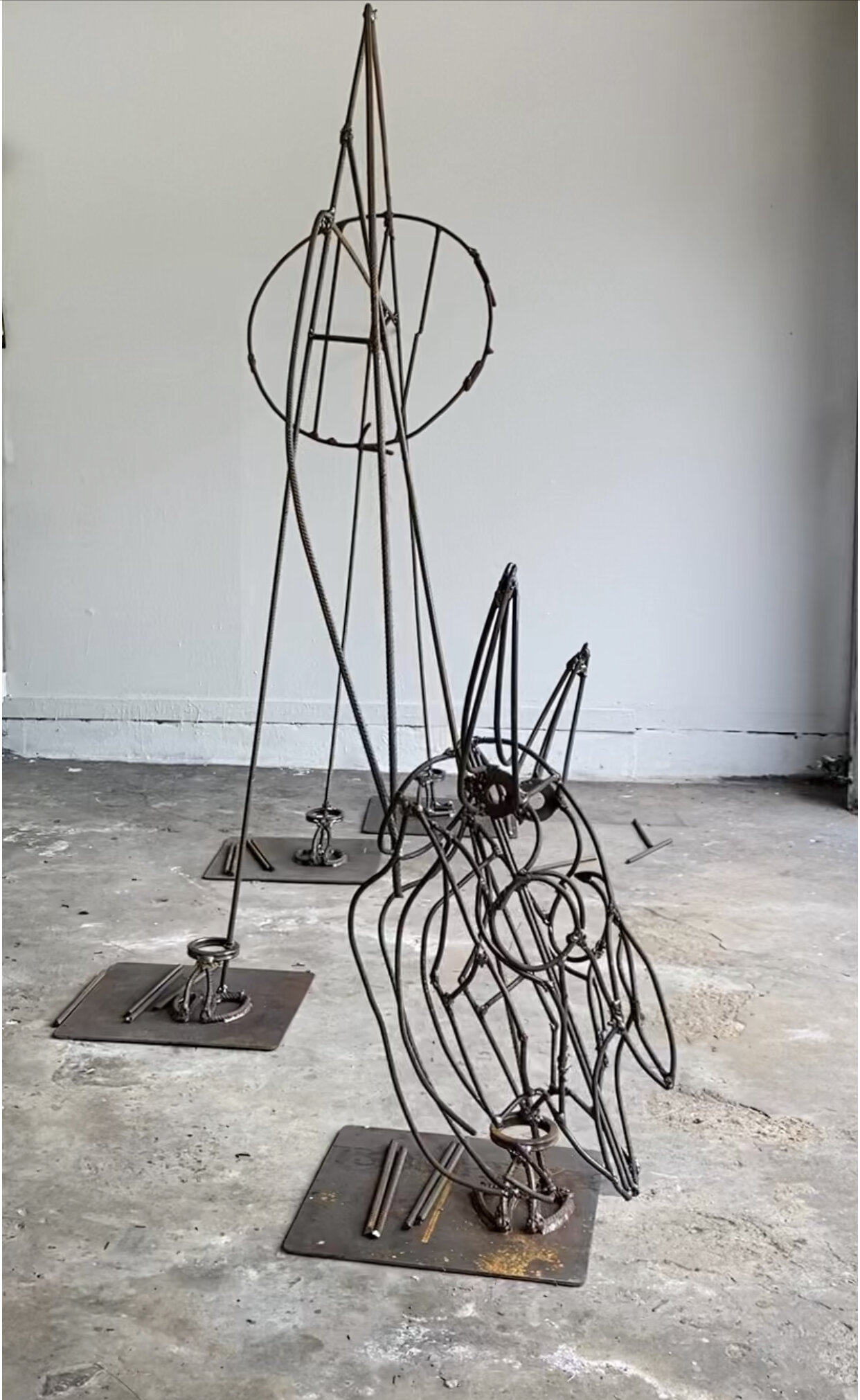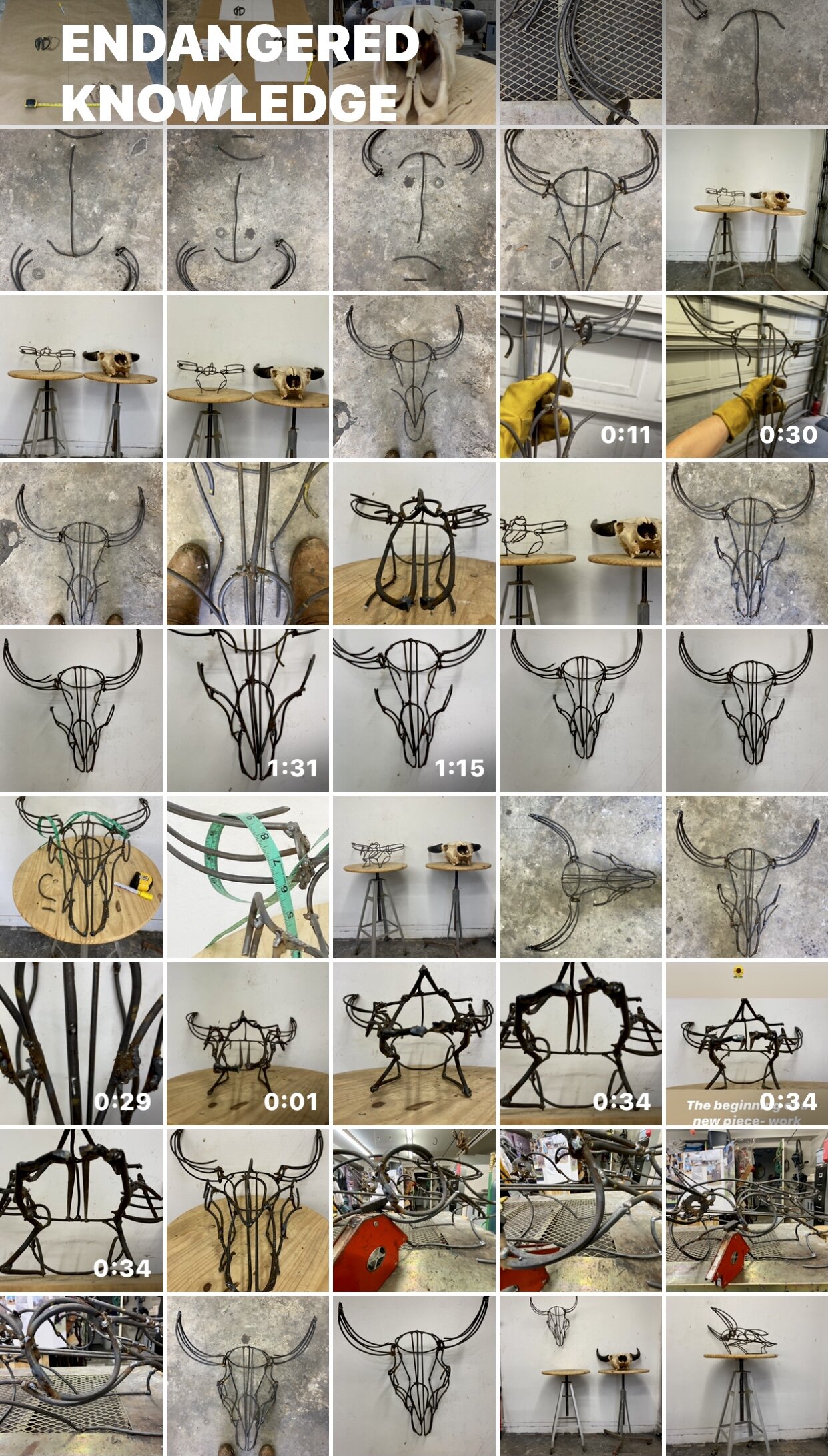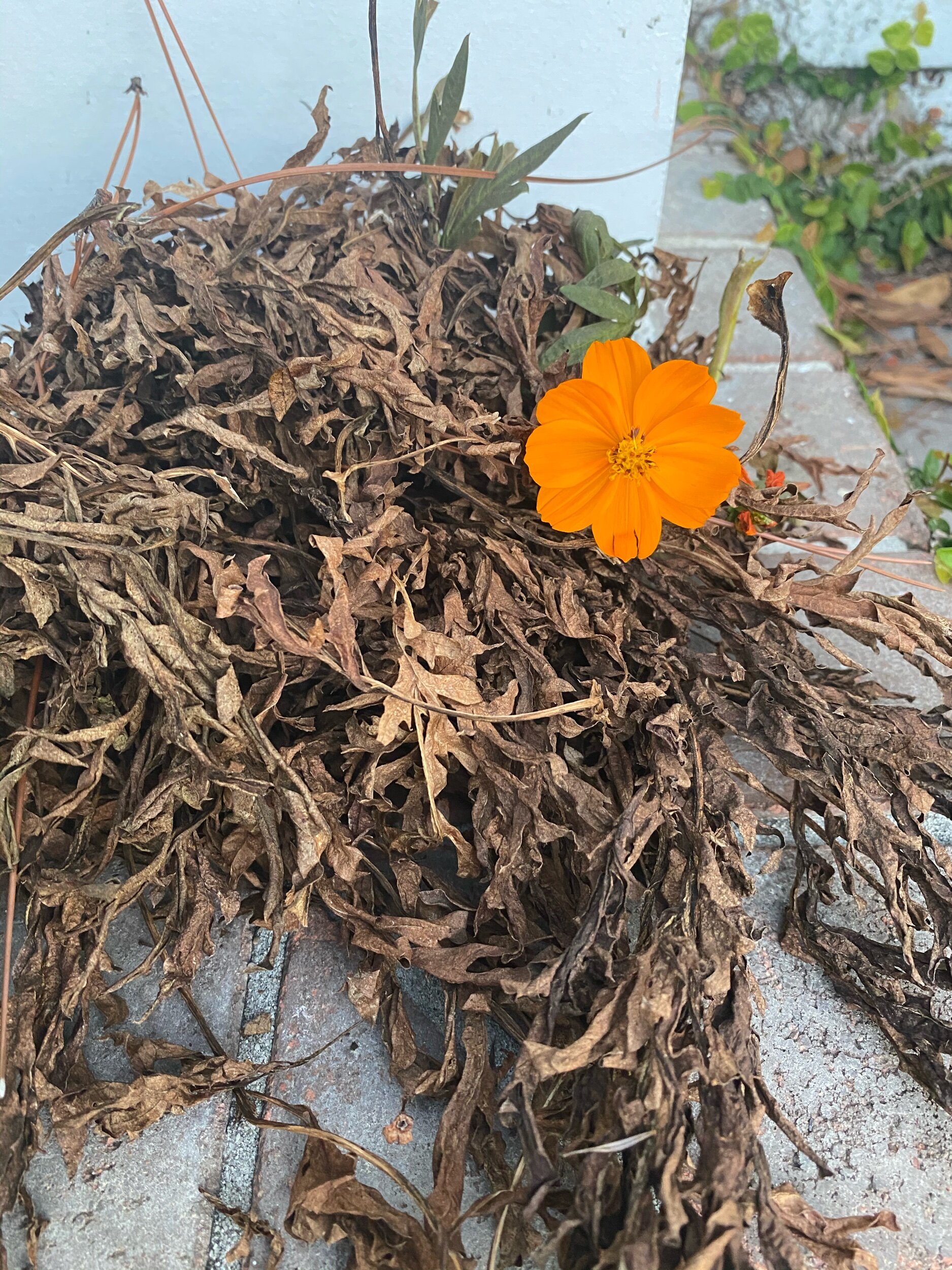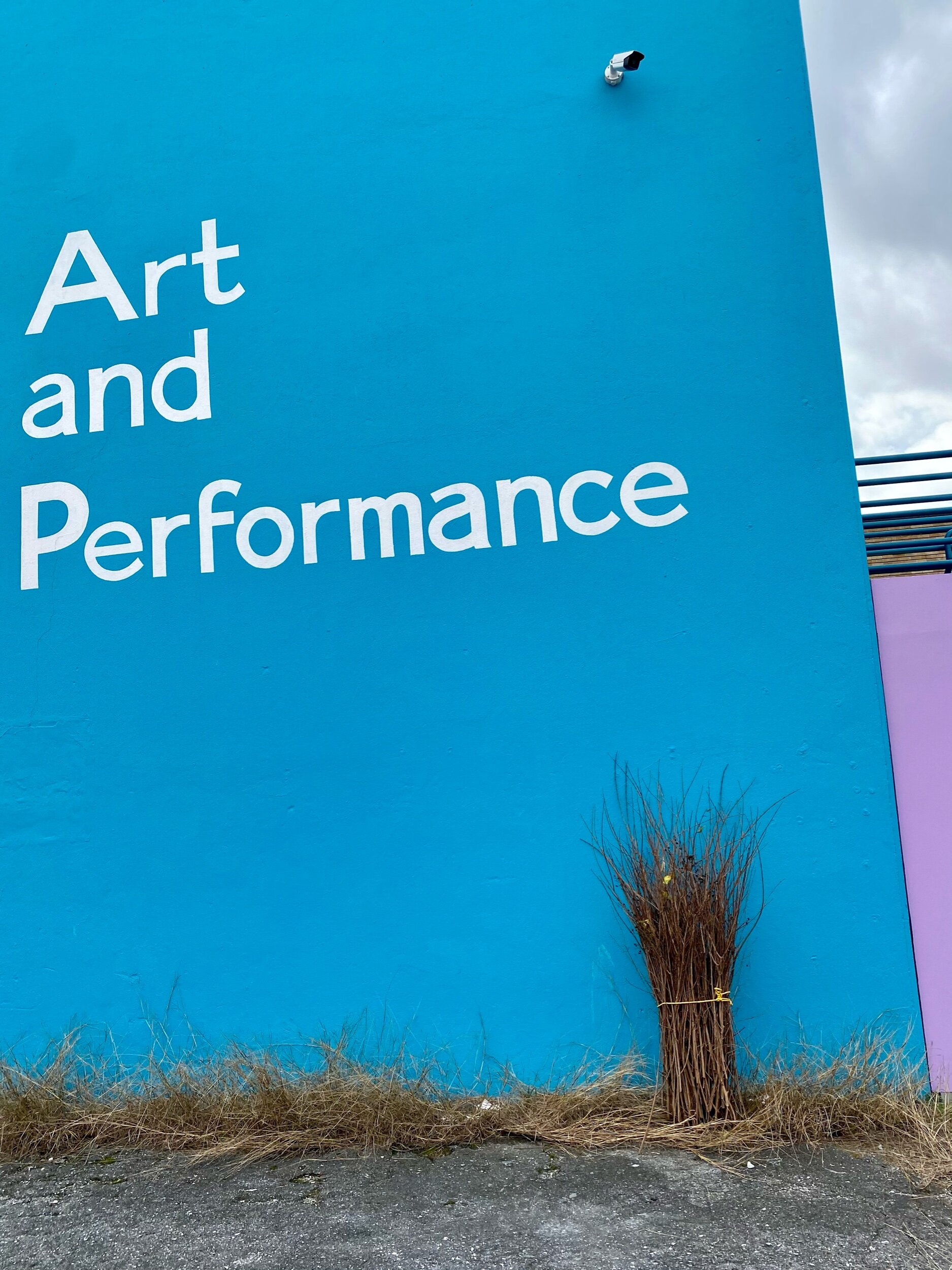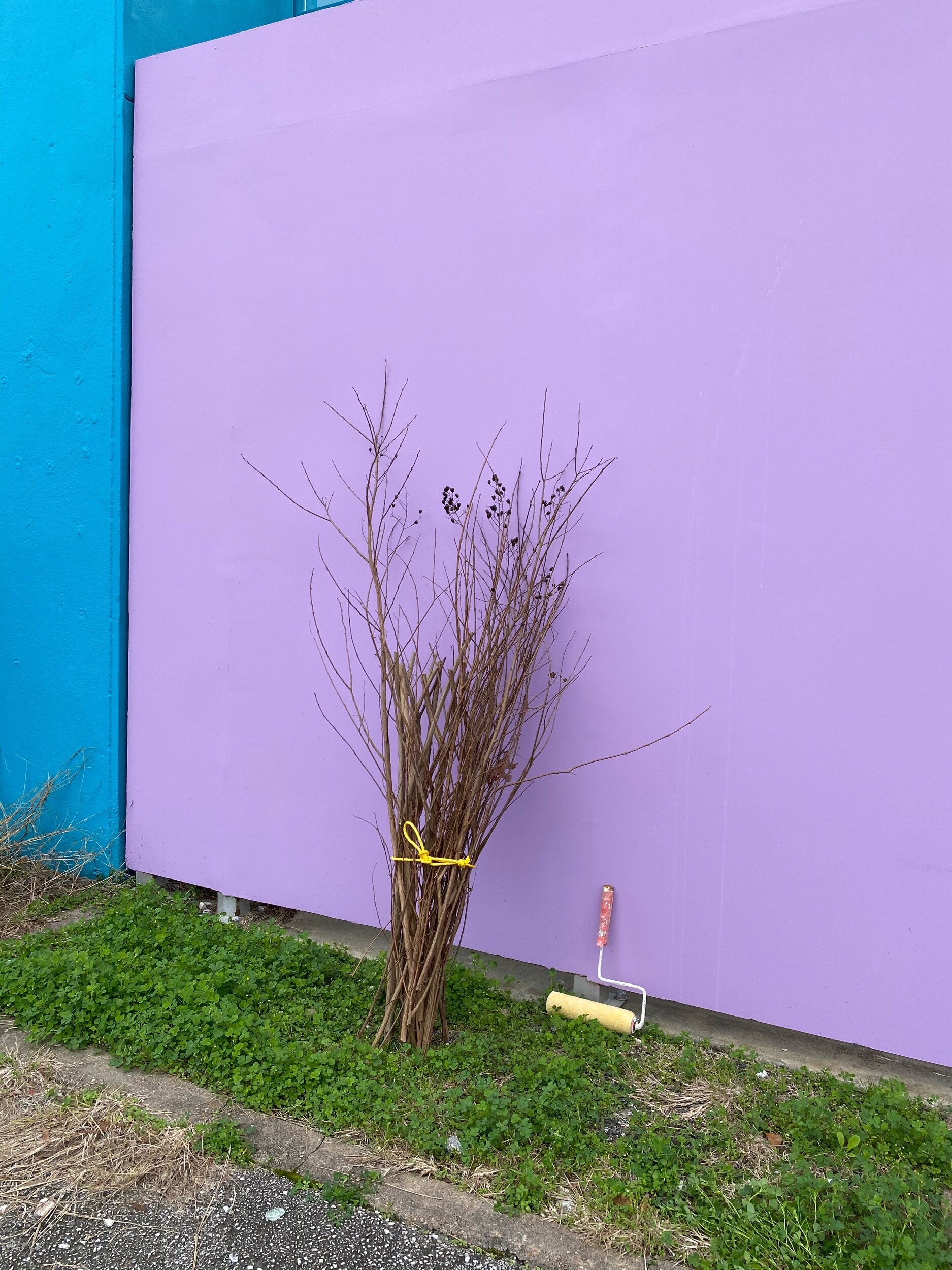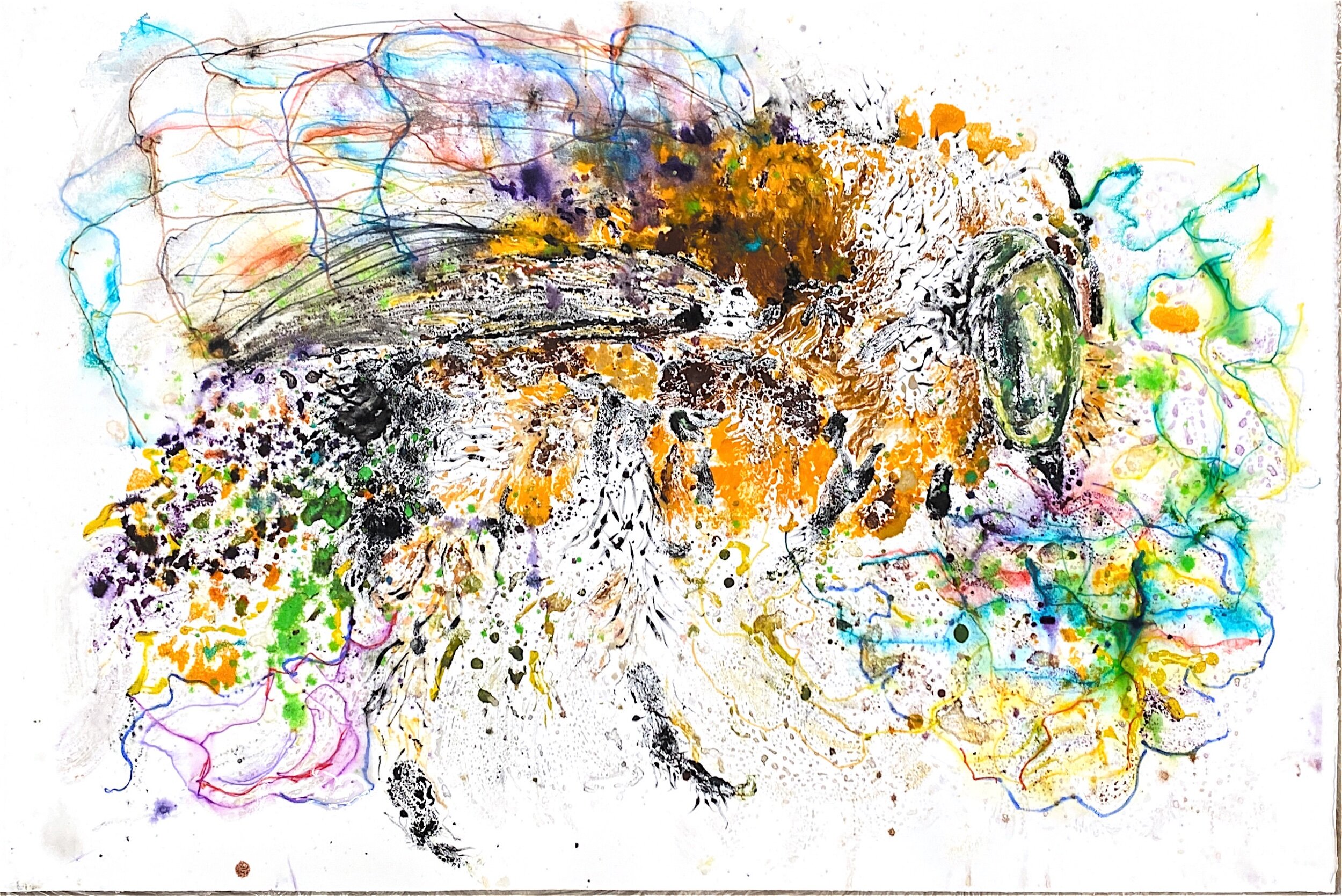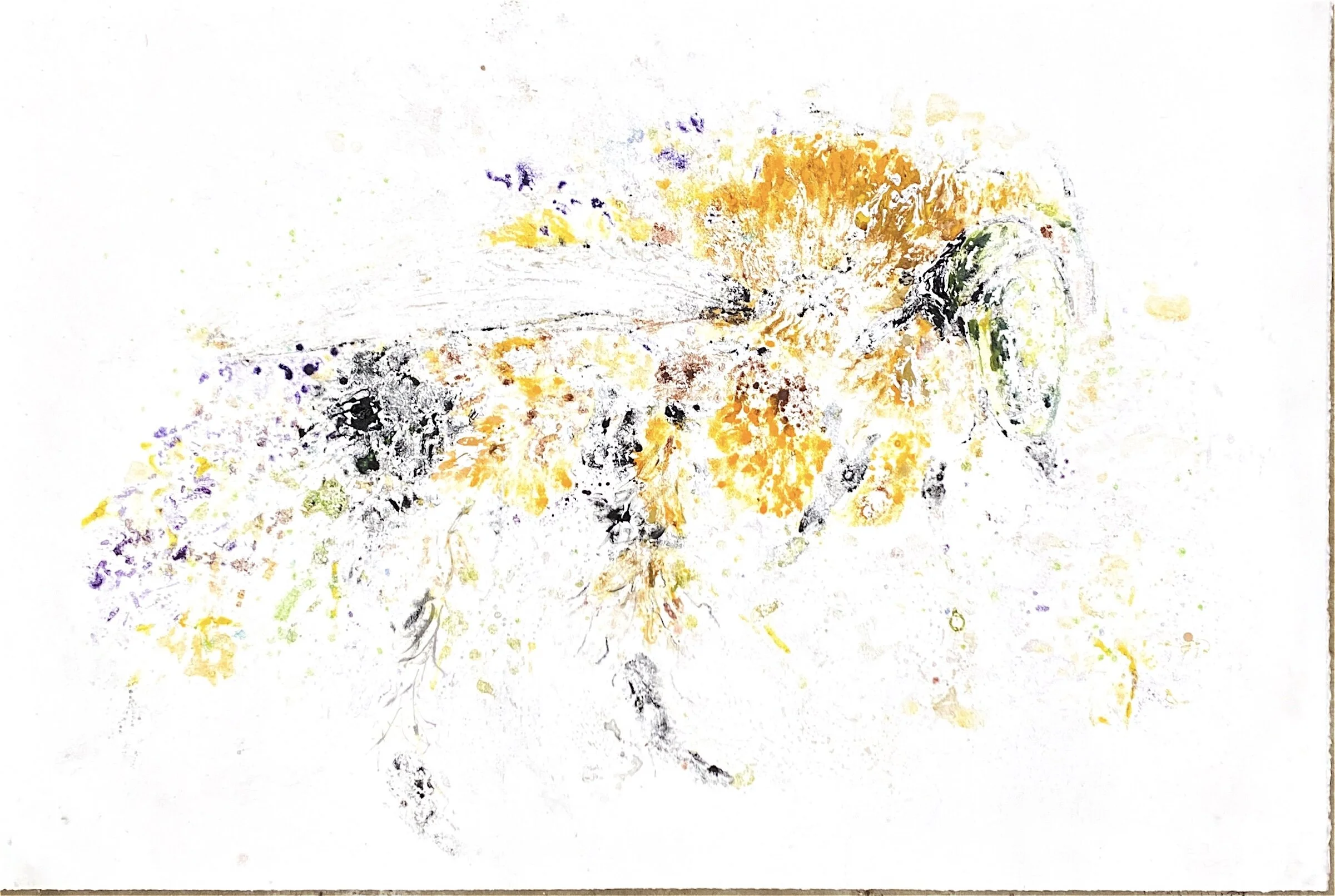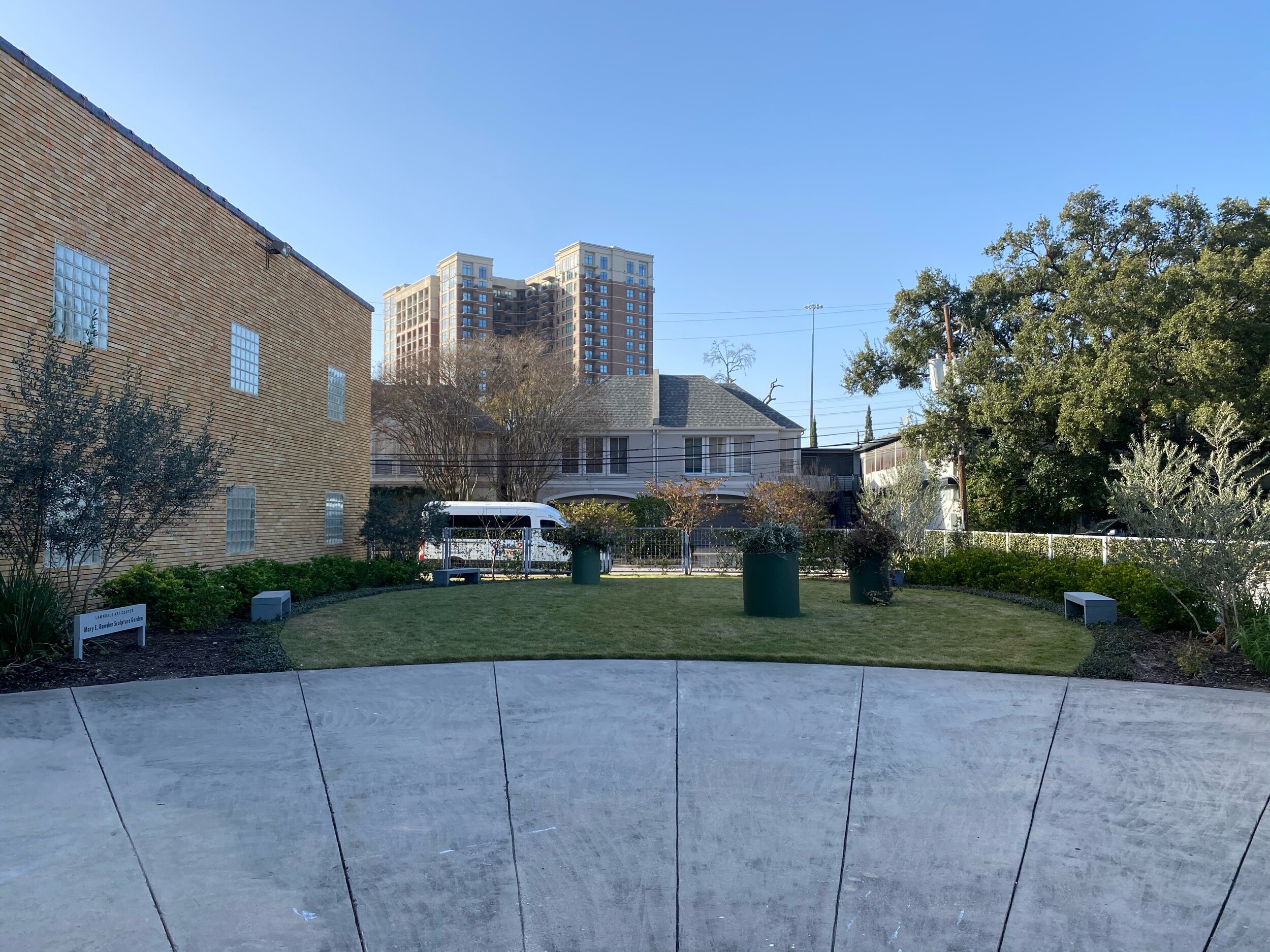One of my goals as an artist is to inspire city Landscape policy change. Our cities landscape policy evolved before we had the telescopes to understand the living systems below ground. It is Necessary to update these policies that regulate or urban landscapes and utilize the power of out native landscape.
I have made great headways with discussions with city council person Sally Alcorn. She has supported my work and thoughtfully listens to what I am saying. I can see in her face and her actions that applying these regeneration agriculture principles to urban landscapes makes sense to her. She has worked in the city government for many years and understands how the machine works. She does not have landscape policy roots in her background which actually is a good thing, she does not have to unlearn. In the last few weeks, I have facilitated connecting her with two people in the native landscape world.
First Linda Knowles has led the native plant movement in Houston and Texas. She served on the cities committee for designated wildscapes and she has let the Houstin native plant society and is leading the Texas NPS. Linda is a great source of knowledge and will be a great resource for Sallie.
A few weeks ago I emailed Jaime González. Jaime is Houston Healthy Cities Program Director of The Nature Conservancy Texas Chapter – Houston Office. Jaime is everywhere when it comes to Houston native landscape. Within 5 minutes of emailing him about “Symbiosis” he called me. He wanted to see the work. We met the following day at 8:30 am. It was not too hot yet and we had a great conversation. He was amazed at what a hot bet of wildlife can be revived in the middle of a lifeless concrete urban desert - the museum district. :(. He Specifically, positively commented that I did not leave spaces of dirt separating each plant. I could hear frustration in his voice. It is a social custom to separate species. My goal is to keep the soil covered with a minimum of 1 layer of greenery if not many layers. Hearing him approve was a relief. He also made some plant suggestions for the southwest corner. It was a beautiful corner until the lemon bee balm faded for the season.
Tuesday this week I was able to connect him with Sallie and Hannah Cobb Public Affairs Liaison Office of Council Member Sallie Alcorn City of Houston, At-Large 5. It was a great conversation and I know Jaime will assist Sallie's office with their plans.
Like Jaime, Sallie is a mover- I just received an email from her office that she is meeting with Kelli Ondracek on September 1st to discuss a native landscaping pilot program. A giant leap - this feels good.
can art active change? :) I am trying.
What can changing city landscape policy do? Right now this is how most vacant lots look in houston. This is the vacant lot adjacent to Lawndale. The owner regularly grooms/mows it per city policy.
This vacant lot is actively sequestering carbon and soaking up water cooling the planet. This is responsible urban land management.
In addition it minimizes the need for mowing. I think it would be even better with a surrounding ground cover that did not requiring mowing.





